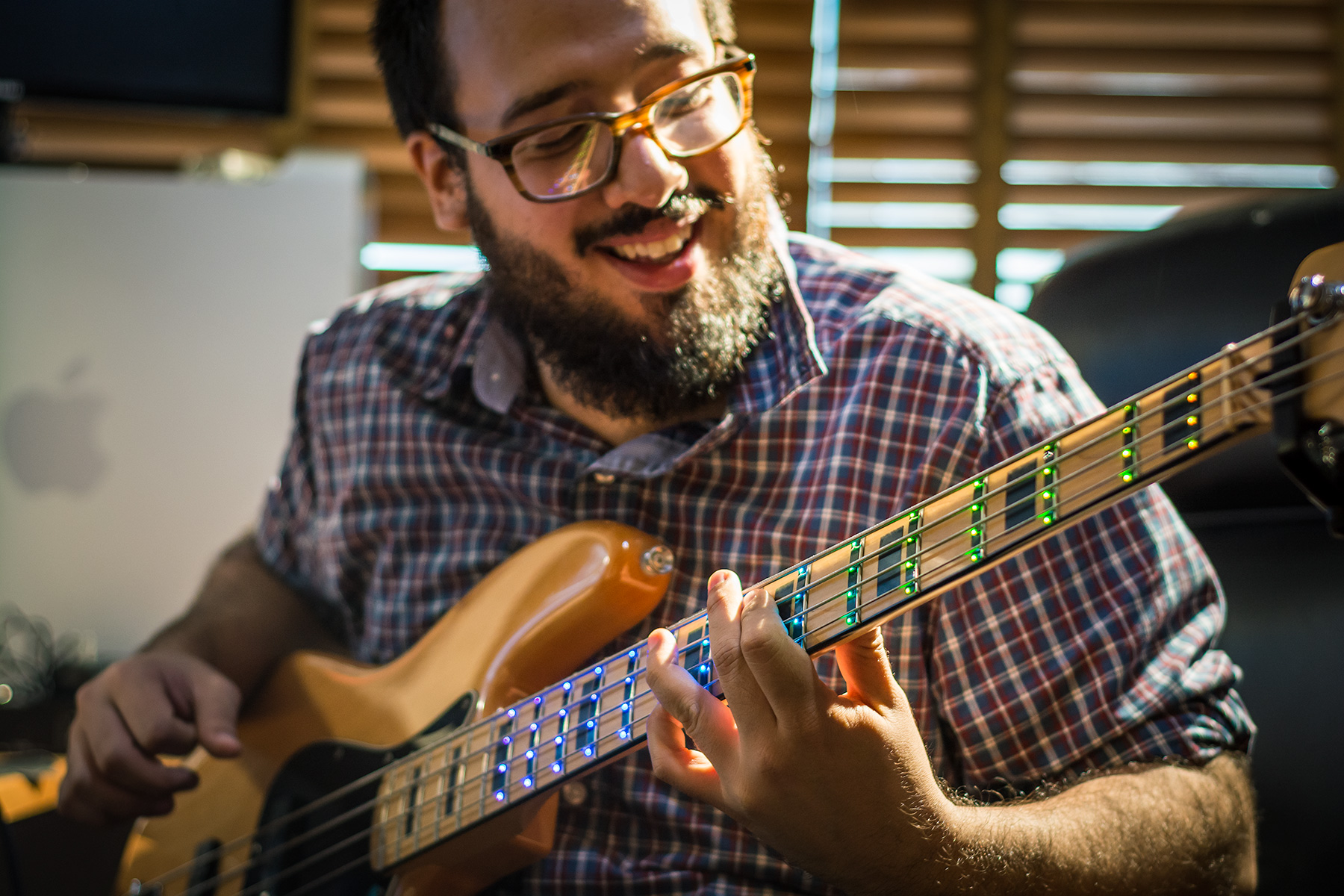Electric guitars vs. acoustic guitars – which is right for you?
If you’re a beginner guitar player, you’re probably wondering whether an electric or acoustic guitar is right for you.
Guitarists’ instrument preferences are as unique to them as their playing styles. What’s right for one person might not be the best pick for another.
Here are some things to consider when you’re choosing your first instrument:
Building hand strength
Acoustic guitars are harder to get sound out of than electric guitars. They have thicker strings which require more pressure to hold down, especially while playing barre chords. They also rely purely on acoustics to produce sound, so it’s not tempting to simply crank the volume up as you could on an electric guitar. However, this makes acoustic guitars a good pick for first time learners, as you will build up strength (and calluses) in your fingers faster than on an electric guitar. They’re also good for learning strumming and picking patterns, since you have to get a feel for the strings’ vibrations when strummed.
Equipment
An acoustic guitar needs no amplification for regular playing – although you can purchase an electric/acoustic version if you want the ability to easily plug in. If you plan on performing with it live, consider that you’ll need to mic it separately.
An electric guitar requires an amplifier and a cable at minimum. If you want to play it in spaces that don’t allow loud noise, you can get a set of headphones to go into the amplifier.
Size/weight
Electric guitars usually have flatter bodies and thinner necks than their acoustic counterparts, making them easier to hold close to your body and move your hand around the fretboard. However, they weigh more than acoustic guitars (since acoustics have hollow bodies).
The average acoustic guitar weighs about 2.5 to 5 lbs, while the average electric guitar weighs about 8 lbs.
Genre
Another factor to consider in your first guitar purchase is what genre you’re most interested in playing. Electric guitars are versatile for a range of genres including rock, metal, punk, funk, and more.
Acoustic guitars are a good pick if you’re primarily interested in being a singer-songwriter and performing solo, as well as if you’re interested in playing country, bluegrass, or folk music.
Sound customization
With pedals, you can get a large range of sounds and tones out of an electric guitar, whereas an acoustic guitar might not have the same range of expression. However, an electric-acoustic guitar can still be used with pedals.












































